Cracking the Coded Language of Manicures
5 questions for *the* brand of the moment, Celisse.
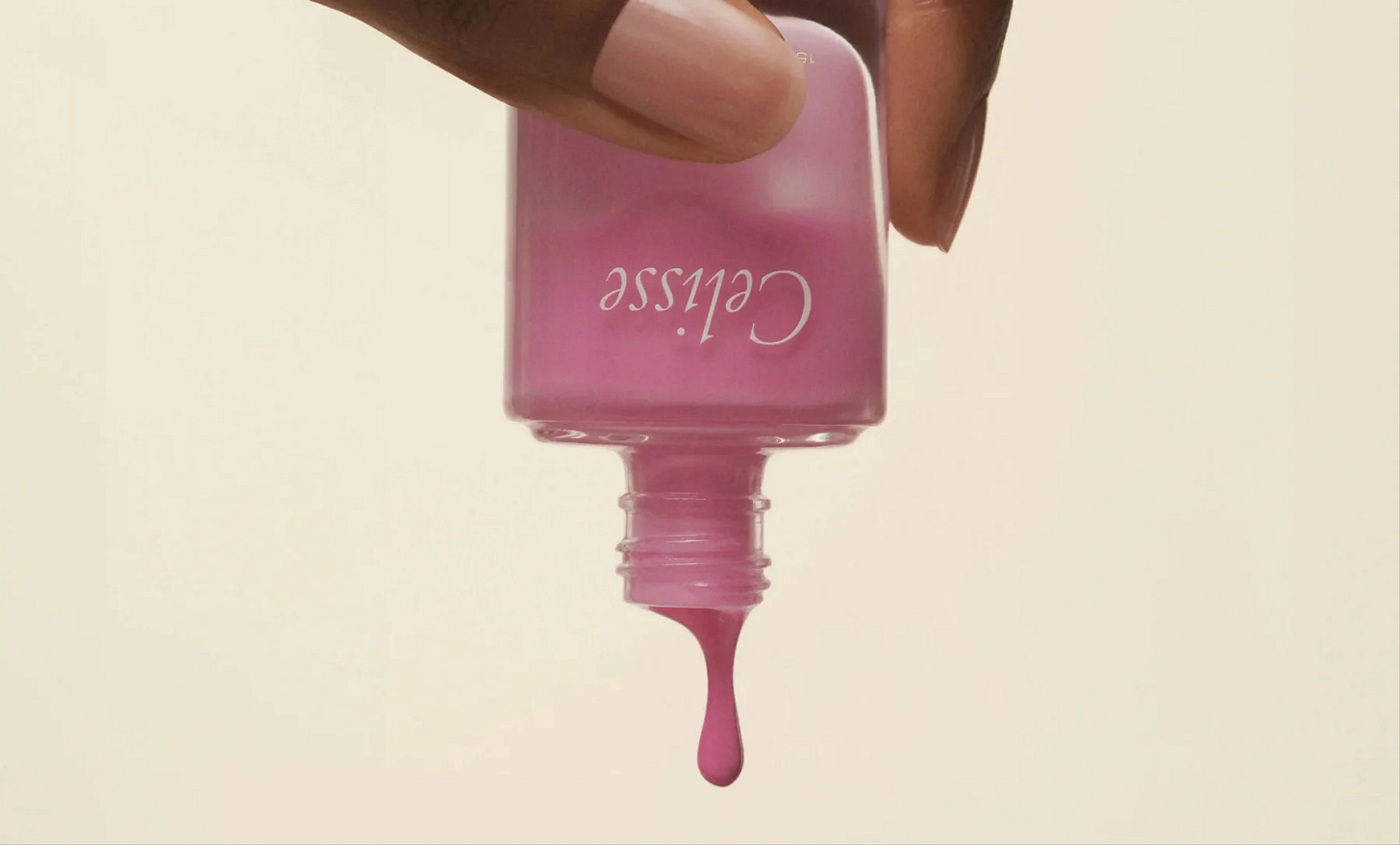
A year or so ago, I texted my friend
to see if she wanted to get a manicure with me. The outcome of that innocuous exchange became the foundation of her viral thesis on “What Your Manicure Says About You.” Since then, the conversation about nail care has become a flashpoint for cultural signaling on this platform.Enter Celisse. If you follow any of the anointed “New York Cool Girls” on IG or Substack, you’ve probably seen Tweets, Notes, Stories, and newsletter blurbs about the brand’s launch in the last two weeks. Through personal introductions and a little seeding, it has been immediately embraced by the set of women that brands usually pay PR firms a lot of money to target.
Founded by Jessica Blumenthal — a former beauty executive who’s held senior roles at Merit, Versed, and Avaline — Celisse was born out of a moment of frustration. While pregnant with her second child, Blumenthal realized she missed the ritual of a good manicure but found at-home options either too messy or too sterile. Rather than compromise, she built her own solution: an at-home nail system that looks and feels like something you’d find on a chic vanity rather than in a CVS aisle.
To bridge the gap between professional-grade and approachable, Blumenthal tapped Holly Falcone, the celebrity manicurist and Glossier alum, as Celisse’s founding creative director. Falcone’s fingerprints are everywhere, from the gentle neutral shades to the meticulous prep-and-finish steps. Together, they’ve built a brand that sits somewhere between mass and luxury: the complete seven-piece launch line — including polishes, tools, a serum, and a top coat — is all priced under $22, or $84 for the full kit.
I think Celisse isn’t trying to reinvent nails so much as reclaim them. Each purchase comes with a method manual, a nod to the kind of minimal-luxury education we’ve come to expect from the new guard in beauty. The brand’s social presence feels like an open-door salon, which I love.
In an era when luxury is increasingly defined by access and story, Celisse feels like a return to care as the point. It’s less about signaling taste and more about tending to it… with a brush and a little patience.
Jess Graves: What’s the emotional core of Celisse? What do you want someone to feel when they’re doing their nails?
Jessica Blumenthal: It continually comes back to pride and confidence for me.
When I recently learned how to do my own nails, I found a surprising sense of pride in being able to maintain them at home. I was like—wow, I did that?! I spent my life going to the nail salon every 2-4 weeks, but in the weeks in between, I always felt embarrassed about my chipped or uneven nails. I never found my groove with nail care until I started doing it myself, and that sense of self-sufficiency was truly gratifying.
I know that when my nails look nice, I’m more confident in an important meeting. I feel 100% ready to go to that wedding. Before, it felt like the last piece that wasn’t “finished,” and now I don’t have that hanging over me.
I think nail care can be really intimidating, but it doesn’t have to be. Celisse was developed to fit into those in-between moments—so you can keep your cuticles looking nice, throw on a quick coat of polish when you have two minutes, and file out a snag before it turns into a broken nail.
JG: Nail care has become a kind of coded language. What cultural moment do you think Celisse is speaking to?
JB: There are so many layers to what nail care is saying right now—I’m still working on a master thesis. But I think Celisse is speaking to a generation of women who are stretched in a million directions, bombarded with a new beauty thing every day: products, routines, surgeries. At some point, you draw the line and say: I can’t do more. I can’t accept another appointment in my life. That’s why I've embraced at-home nail care, and I have met many women who feel the same way.
I also think we’re coming out of this age of veneers and big lips and embracing things that feel more natural. I think the Kardashian aesthetic became the north star for beauty for a long time, even for people who didn’t identify with that look. Now, it’s more about a macro shift toward “you but better” versus adapting your look toward a narrow cultural ideal.
Which is what we’re speaking to with our manicure. It’s not a “perfect” gel—it’s a nice nail. It fits into life. It’s realistic. It doesn’t command too much of our time or attention. It’s a means to an end—the end being that you feel put together and can move on with your day.
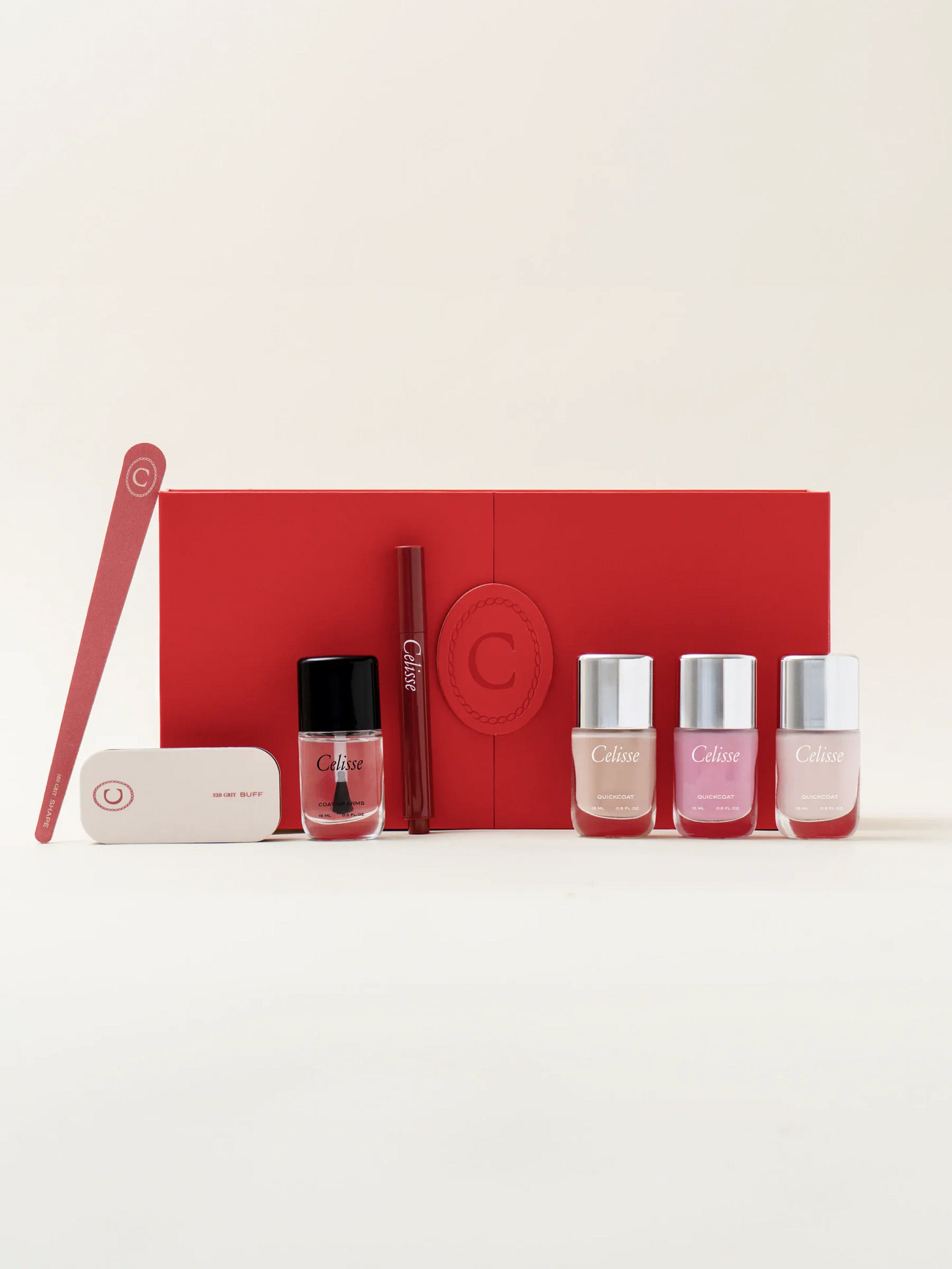
JG: Lots of beauty founders say ‘clean,’ but you’re saying ‘care.’ What does that distinction actually look like in the lab, and in someone’s bathroom?
JB: The emphasis on care started as a response to the trends we’re seeing that actually harm your nails—namely, gels. I personally tried gels, but then had to wait months for my nails to recover. So “care” for us is about doing things that benefit the nail. Clean is about removing harmful ingredients—which, I personally view a lot of that conversation as over-hyped and, at its worst, fear-mongering. We adhere to EU standards, which are already very conservative, so that’s our baseline. However, we believe that nice nails begin with nail health, so the entire routine has been carefully formulated to work with your natural nails and promote healthy growth.
In the lab, this means our polish contains ingredients that actually benefit the nail, such as mastic gum oil, which has clinical studies showing it thickens the nail plate. I don’t want to promise the world here, because it’s also a gorgeous nail polish, but we’re trying to make things work harder where we can. It also means thinking about consistent hydration of the nail plate and cuticle with our nail serum—not just a good formula, but also delivered in a cute, on-the-go format that we’ll actually use often.
Care is benefit-based, not fear-based.

JG: How did you land on the aesthetic of Celisse, that restraint, the color stories, the tactile branding?
JB: In my personal style, I embrace timelessness, elegance, and comfort. I self-identify as a “nice girl.” I love building things that feel welcoming and make me smile. And I like things that feel real and grounded. For me, even if it’s on a screen, I need to feel like I can touch it—that “oof” “yum” feeling.
Thematically, I became obsessed with “timeless beauty”—a mashing of decades in an attempt to find something that felt both timeless and fresh. To escape the Pinterest algorithm, I was hunting eBay for vintage compacts and nail care manuals. There’s a manual I have entitled 'How to Have Lovely Nails,' and it outlines the simple nail care routines women followed in the 1920s. I love that none of this is new—that it’s an evolution, but there’s so much grounding and history. My partner in the business, Holly Falcone, has a distinctly retro vibe, and she also brought a touch of that 50s tone into the brand and product naming.
Clarins became a reference brand for me—the color stories, the typography. Even if it’s not the freshest brand today, I love the brand foundation. I also follow Harper’s Bazaar France and Carton magazine, both French publications. There’s an extreme femininity in their work that I love and wanted to bring into the Celisse world.
And the color red was a big jumping-off point for us. With this color, I wanted to convey a sense of boldness and empowerment that I find in doing my own nails.
Our design team incorporated this into the phrase “modern heritage,” which serves as a guiding light in helping us embrace these traditional design ideas and ornamentation in a way that feels contemporary and fresh. Nothing should feel like a copy of an old idea. It’s modernized, and that’s where restraint comes in. A great example is our signature red box—it features the luxe embossed logomark on the front, but immaculate lines and minimalism characterize the rest. It references other eras while still feeling modern.
JG: If Celisse had a muse (real or archetypal), who is she, what is she wearing, and what does her life look like?
JB: She’s the woman who has her shit together but isn’t precious about it. She’s busy—whether that’s working, momming, pursuing creative projects—and she needs things to just fit within her life.
She appreciates nice things, but not everything has to be the most extravagant. She’s mixing The Row with Uniqlo. She’s looking for things that fit her life, not things she has to fit her life around.
On a Sunday morning, she’s doing her nails at the kitchen table with a coffee, half-listening to a podcast. Her bathroom counter has the cuticle serum next to her face serum—they’re part of the same routine. She’s the woman who, when she shows up to that wedding or that meeting, feels like she’s ready. Not because everything is perfect, but because she’s taken care of herself in a way that feels good, not like an obligation.







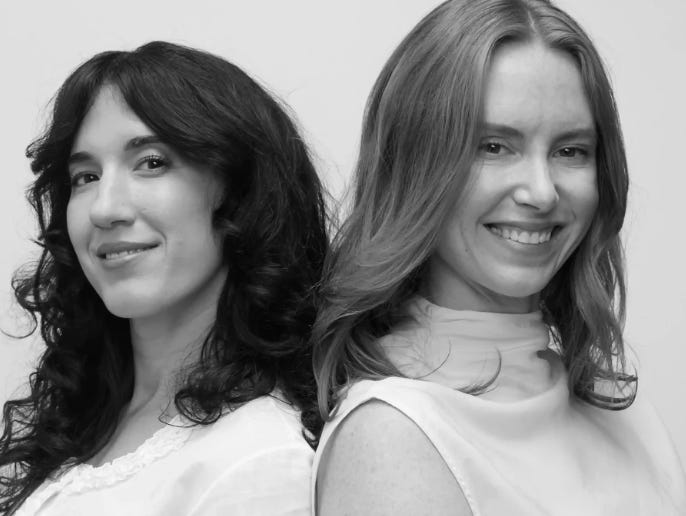
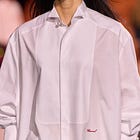
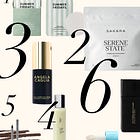

Love it!!!!!!!!
Love my Celisse!!! And my two year daughter is obsessed with the box… safe to say a brand launch well done!